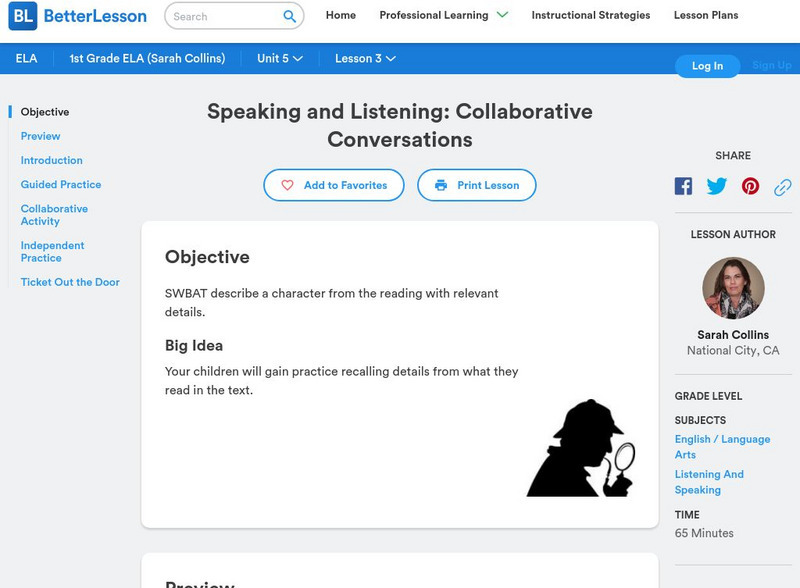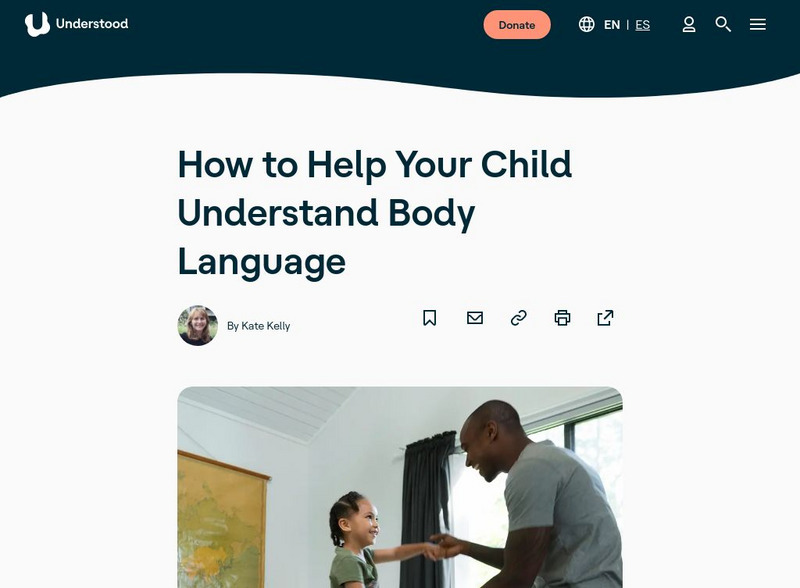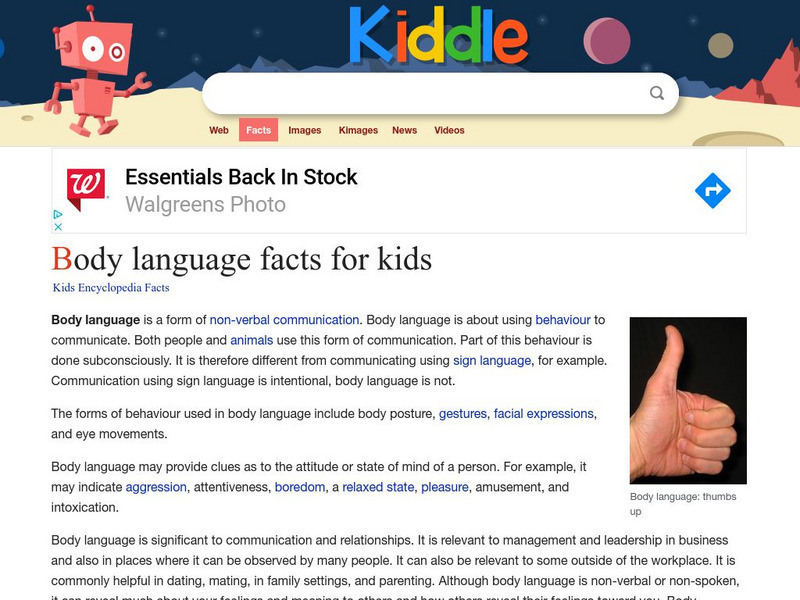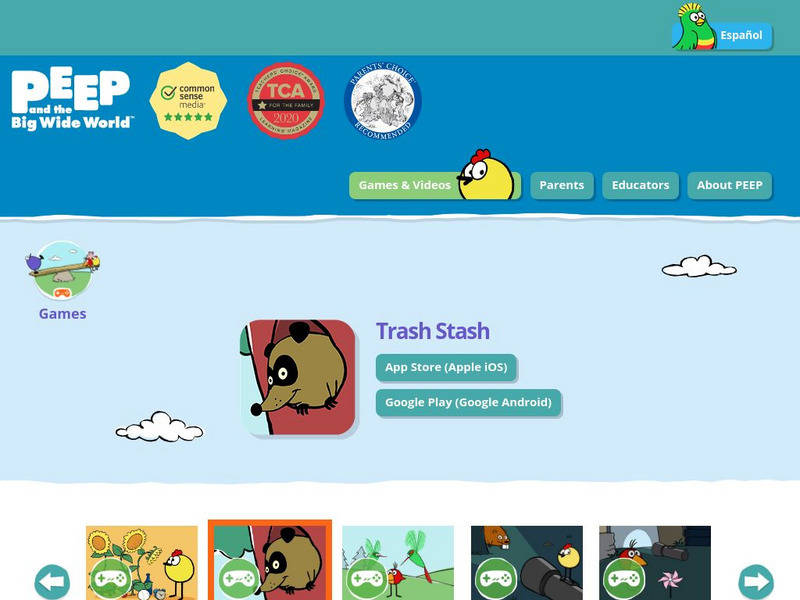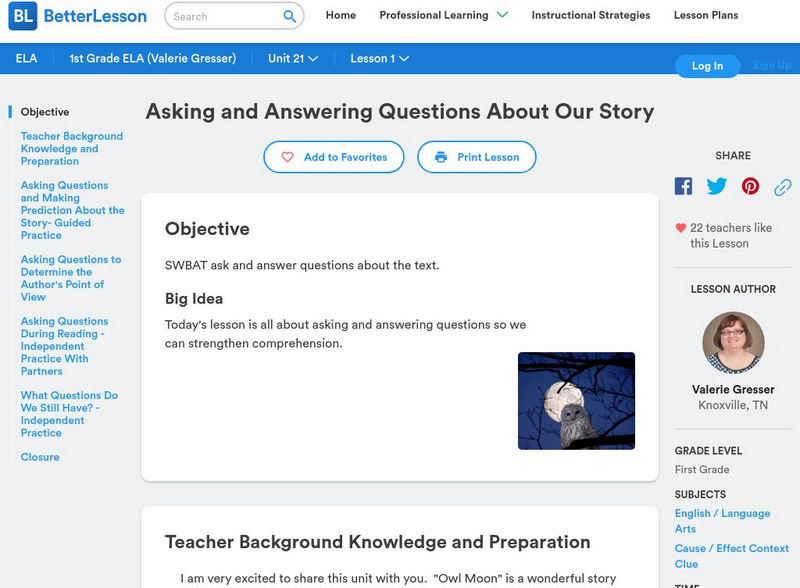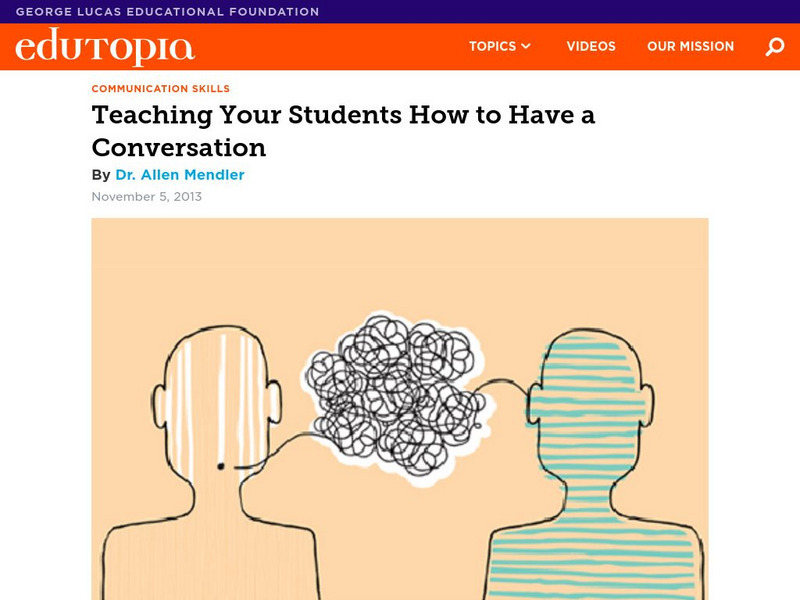McGraw Hill
Mc Graw Hill: How to Use Strategies to Teach Students to Access Complex Texts
In this short video, the strategies of summarizing, clarifying, and asking-answering questions are used. These instructional tools will help teachers show students how to access complex texts. [5:54] CCSS.ELA-Literacy.CCRA.R.10
Other
Common Core: Curriculum Maps: Tell a Story, 1 2 3 [Pdf]
In this second six-week unit of Kindergarten, students focus on sequence as they enjoy "Counting Books," both fiction and informational, and stories based on "three."
Success Link
Success Link: Are You Talking to Me?
A lesson plan to help students interact with each other. The focus is on special education, but could be used productively in any elementary classroom.
Success Link
Success Link: Inside Outside Show and Tell
A different take on Show and Tell that emphasizes speaking and listening skills and will engage all the students in this kindergarten tradition.
Other
Encourage Play: Two Fun Ways to Practice Conversation Skills
Listening and responding on topic during a conversation is a skill our kids need to practice and learn. Here are two fun ways to practice this skill. You can do these activities with groups of kids, or pairs of kids. If you are working...
Better Lesson
Better Lesson: Listen!
This small group lesson addresses a very specific skill that some students need to improve their reading skills - self-monitoring. Using play phones, the students will listen to themselves very carefully to see whether what they are...
Other
Center for the Collaborative Classroom: Integrating Speaking and Listening Ccss
Integrating speaking and listening builds a positive classroom community with less bullying, increased self-confidence, and greater independence, along with the ability to work with all students. This article gives ideas for projects or...
Better Lesson
Better Lesson: Speaking and Listening: Collaborative Conversations
Your children will gain practice recalling details from what they read in the text.
Better Lesson
Better Lesson: Friendly Controversy
How do I convince others to understand my side of the story? Second grade students conducted shared research activities and participated in a Socratic Seminar practicing the techniques of persuasive reasoning.
Alabama Learning Exchange
Alex: Getting to Know Characters
In this language development lesson using the books by Kevin Henkes English Language Learners learn vocabulary and language structures to express feelings, make text-to-self connections, and practice the reading strategy of analyzing...
Other
Take Lessons: How to Read Body Language: Examples From Around the World
This resource provides several examples of different meanings of various types of body language.
Understood For All
Understood: How to Help Your Child Understand Body Language
This article provides tips on how teach children to pick up on social cues.
Other
Kiddle Encyclopedia: Body Language Facts for Kids
This resource provide a list of common types of body language. Each type of body language is described.
Other
The Responsive Counselor: Body Language and Tone of Voice Lesson Plan
This blog post from shares several activities that will help students understand how to interpret voice tone and body language.
PBS
Wgbh: Peep and the Big Wild World: Games: Trash Stash
Cleverly animated sorting game introduces young learners to the mathematical concepts of comparing, sorting, and grouping. [All instructions and prompts are voiced, not written, making this an excellent resource for English language...
Better Lesson
Better Lesson: Asking and Answering Questions About Our Story
Today's instructional activity is all about asking and answering questions so we can strengthen comprehension.
Better Lesson
Better Lesson: Questioning Text
Creating a product and illustrations make this lesson great for teaching about questioning.
Better Lesson
Better Lesson: Intro to Accountable Talk With "Big Anthony and the Magic Ring"
In this lesson, 1st graders will take a more active role in their learning by discussing a read aloud with their partners. The teacher will become more of a facilitator in the lesson and allow the children to "wrangle" with the content.
Daily Teaching Tools
Daily Teaching Tools: Cooperative Learning: Great Grouping Strategies
This Daily Teaching Tools resource provides a flexible grouping strategy. An explanation is provided that explains how to use tongue depressers to divide students into cooperative learning groups.
Other
Laura Candler: Sylverster and the Magic Pebble Activities [Pdf]
Lesson plan utilizing cooperative learning for use with the book Sylvester and the Magic Pebble by William Steig. Includes printable word-sort cards and discussion question cards.
ClassFlow
Class Flow: Listening for Sounds
[Free Registration/Login Required] This flipchart has the students working on their listening skills with various activities as well as the alphabet cheer, a Big Book, and classifying people and animals.
ClassFlow
Class Flow: The Day the Monster Came to School
[Free Registration/Login Required] This is a great little story that can be read at the beginning of the school year to make the classroom rules.
Quizlet
Quizlet: Collaborative Discussions: Ela Mr. Bolton
This website gives the definitions and strategies for effective collaborative communication.
Edutopia
Edutopia: Teaching Your Students How to Have a Conversation
While it is impossible to know all of the reasons, there is no doubt that learning to listen and talk is an extremely important way to broaden knowledge, enhance understanding and build community. Perhaps this is why the core standards...



![Common Core: Curriculum Maps: Tell a Story, 1 2 3 [Pdf] Lesson Plan Common Core: Curriculum Maps: Tell a Story, 1 2 3 [Pdf] Lesson Plan](https://d15y2dacu3jp90.cloudfront.net/images/attachment_defaults/resource/large/FPO-knovation.png)




